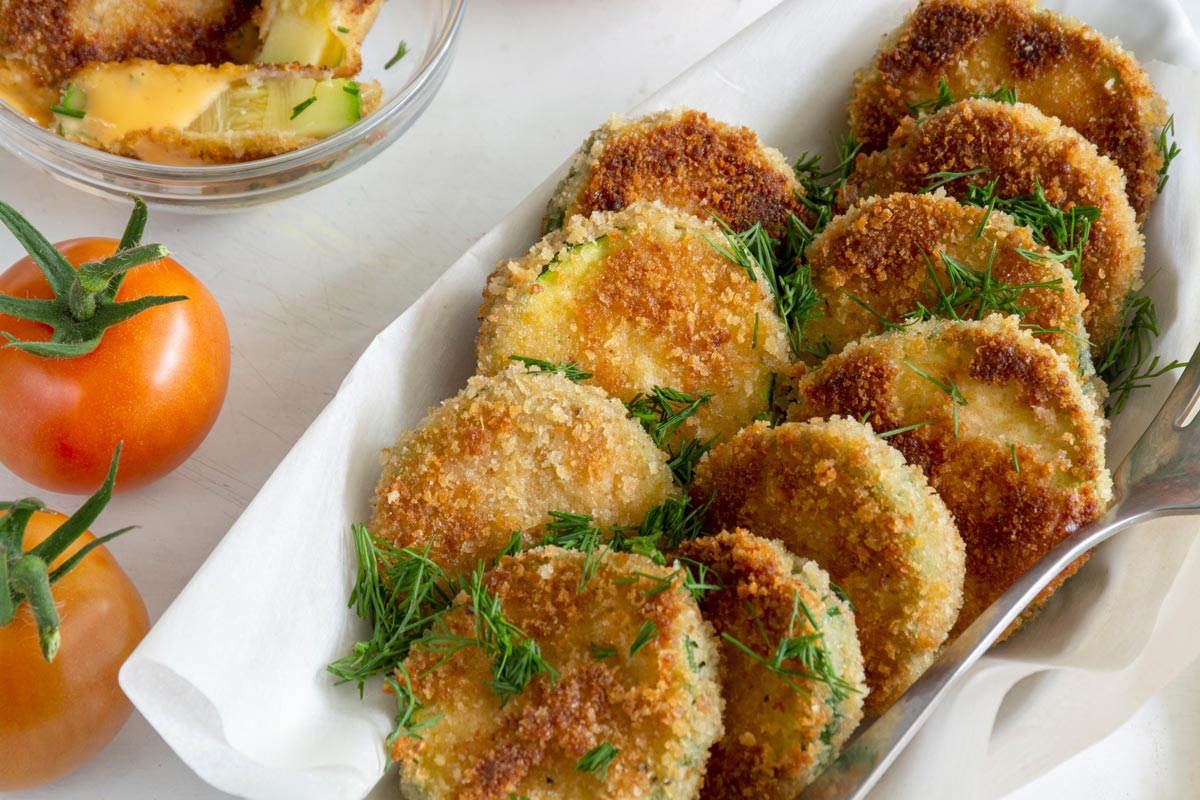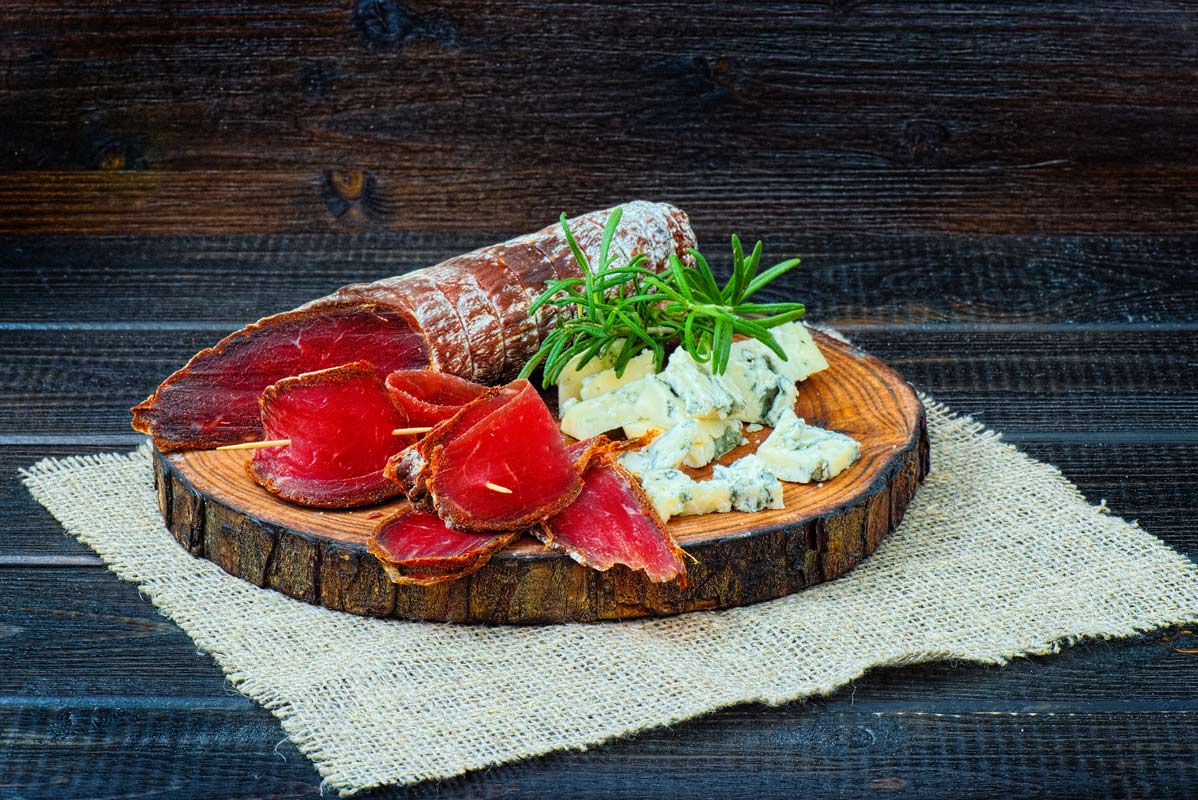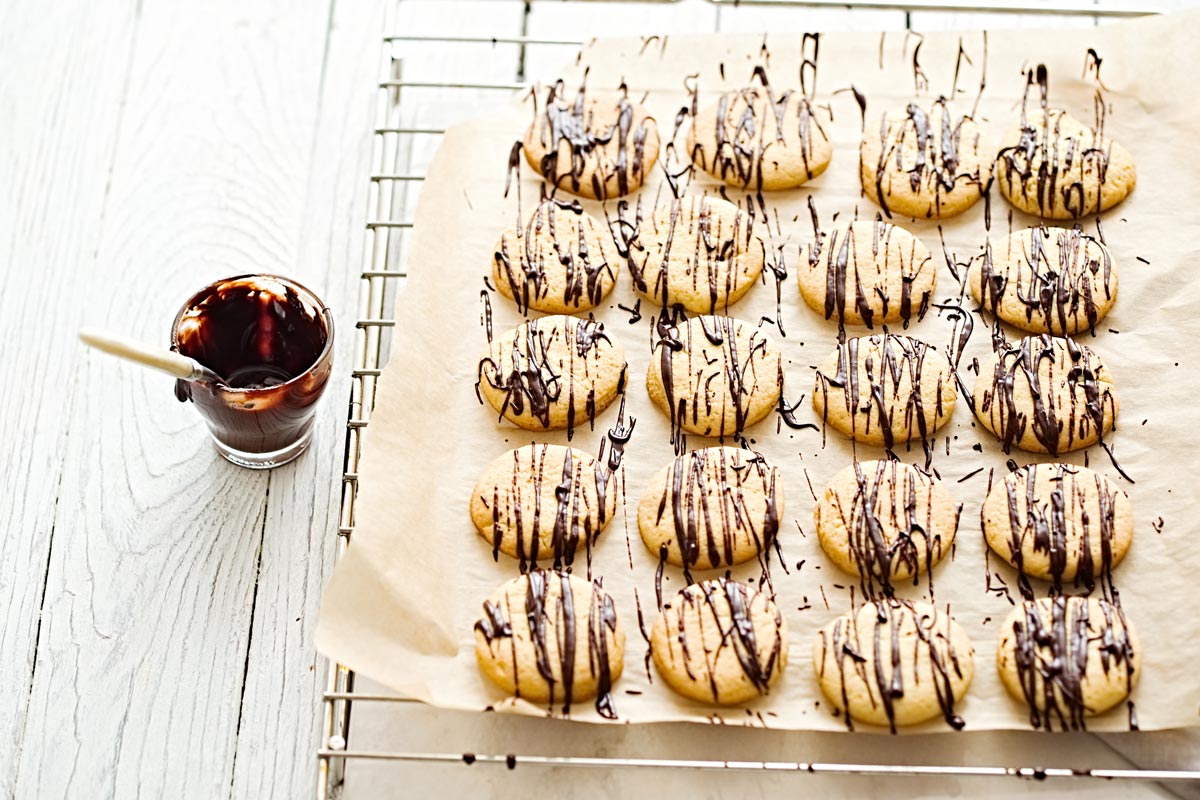This moist one-layer cake was adapted from a recipe that Club member Patti H. shared with us. Although the verdict is out as to whether coconuts are indigenous to Australia, they were brought by European settlers and grow in tropical regions in the north of the continent. If available, shavings of fresh coconut are a tasty addition to the chopped pecans.
Ingredients
For the cake:
- 1/2 cup extra virgin olive oil, plus more for the baking pan
- 2 cups flour
- 2 ounces pecans, ground
- 1 tablespoon baking powder
- 1 teaspoon baking soda
- 1/2 teaspoon salt
- 2 teaspoons cinnamon
- 1/2 teaspoon freshly grated nutmeg
- 1/4 teaspoon allspice
- 1/4 teaspoon powdered ginger
- 2 cups finely grated carrots
- 1/2 cup pineapple chunks, finely chopped
- 1/2 cup pineapple juice
- 1 cup unsweetened coconut flakes
- 1 cup brown sugar
- 2 teaspoons vanilla extract
For the frosting:
- 4 ounces mascarpone cheese, at room temperature
- 1/4 cup coconut milk
- 1 teaspoon vanilla extract
- 1/4 teaspoon almond extract
- 2 to 3 cups confectioners’ sugar
- 1 cup unsweetened coconut flakes
- 1 cup chopped pecans
Directions
Step 1
Preheat the oven to 350°F. Lightly oil a 9×13 baking pan. Sift together the flour, ground pecans, baking powder and soda, salt, cinnamon, nutmeg, allspice, and ginger.
Step 2
In a separate bowl, mix the carrots, olive oil, pineapple and juice, coconut, sugar, and vanilla. Fold in the flour mixture in 2 batches. Transfer to the pan and use an offset spatula to smooth the top, being sure to get it into the corners. Bake 35-40 minutes, until the tip of a knife placed in the center of the cake comes out clean.
Step 3
While the cake is baking, make the frosting. Whisk together the cheese, coconut milk, and the extracts until smooth. Beat in the sugar, a cup at a time, until it reaches a spreadable consistency (you may not need the full third cup). Fold in the coconut. When the cake is completely cool, use a large offset spatula to spread on the frosting, then sprinkle on the chopped pecans.
Yields 16 servings




